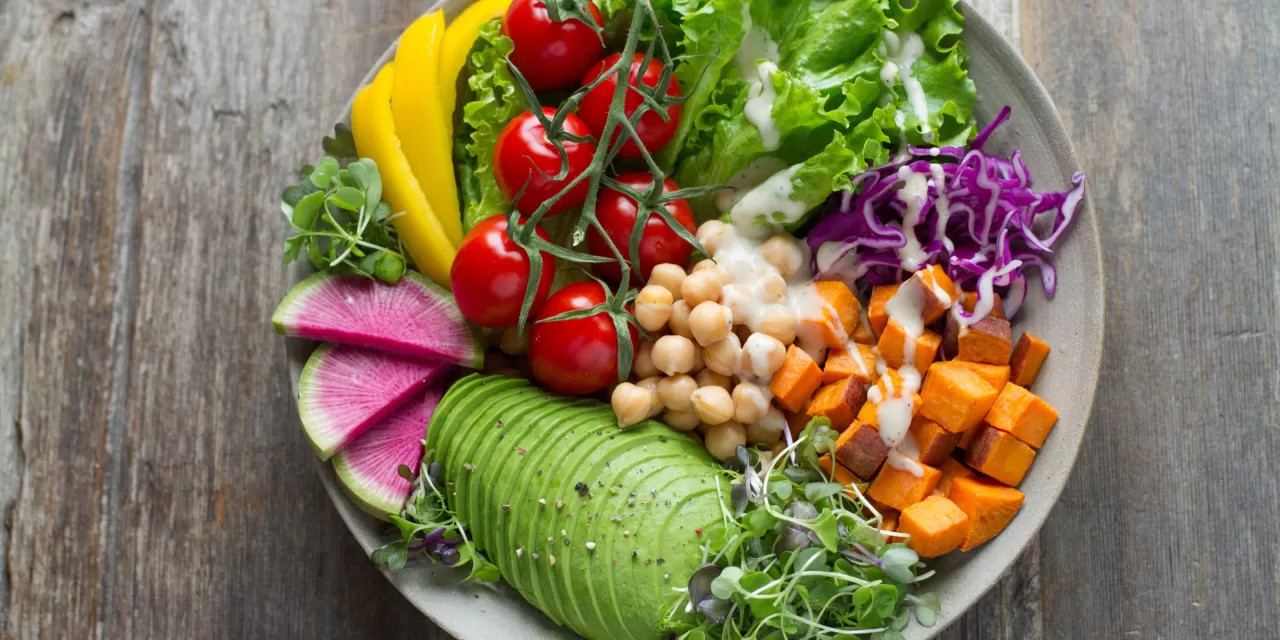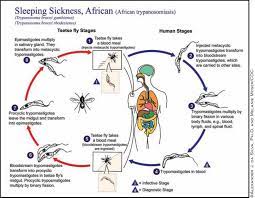Fiber plays a crucial role in supporting digestion, heart health, weight management, and overall well-being. While vegetables are known for their health benefits, not all are created equal when it comes to fiber content. Some veggies are fiber-packed heroes, while others, though nutritious, fall short in helping you reach your daily fiber goals. So, which vegetables should you include in your diet to maximize fiber intake? Here’s a closer look.
What is Fiber, and How Much Should You Be Getting?
Dietary fiber refers to the parts of plant foods that our bodies cannot digest or absorb. It passes mostly unchanged through our digestive system, helping maintain healthy bowel movements. Fiber comes in two types: soluble and insoluble. Soluble fiber dissolves in water and can help lower cholesterol levels, while insoluble fiber adds bulk to the stool, aiding in digestion and promoting regularity.
Australia’s healthy eating guidelines recommend that women consume 25 grams of fiber a day and men 30 grams. However, research shows that most adults fall short, consuming only about 21 grams per day.
Why You Should Consider Increasing Your Fiber Intake
Boosting fiber intake can lead to numerous health benefits, including:
- Better Digestion: Fiber aids regular bowel movements and helps alleviate constipation.
- Heart Health: Soluble fiber, found in vegetables, can lower cholesterol, reducing the risk of heart disease.
- Weight Management: Fiber-rich foods help you feel fuller for longer, curbing overeating.
- Reduced Diabetes Risk: High-fiber diets are linked to a lower risk of chronic conditions such as type 2 diabetes.
Recent research published in The Lancet revealed that people who consumed 25-29 grams of fiber daily had a 15-30% lower risk of heart disease, stroke, high blood pressure, and type 2 diabetes compared to those who consumed fewer than 15 grams.
Fiber-Rich Vegetables to Add to Your Diet
Some vegetables pack a serious fiber punch. These fiber-rich heroes are excellent sources of both soluble and insoluble fiber, along with essential vitamins and minerals:
- Green peas
- Avocado
- Artichokes
- Parsnips
- Brussels sprouts
- Kale
- Sweet potatoes
- Beetroot
- Carrots
- Broccoli
- Pumpkin
Low-Fiber Vegetables to Pair with High-Fiber Options
Though still healthy, some vegetables have lower fiber content. If you’re aiming to meet your fiber goals, complement these with higher-fiber options:
- Asparagus
- Spinach (raw)
- Cauliflower
- Mushrooms
- Capsicum
- Tomato
- Lettuce
- Cucumber
Does Cooking Affect the Fiber Content?
Yes, how you prepare your vegetables can impact their fiber content. Pressure cooking may reduce fiber levels more than roasting or microwaving. For optimal health, it’s best to include a mix of both cooked and raw vegetables in your diet. Juicing, however, removes most of the fiber from vegetables, so eating them whole is a better choice for fiber intake.
Other High-Fiber Foods
In addition to vegetables, you can increase fiber intake through other plant-based foods such as:
- Legumes and pulses (e.g., kidney beans, chickpeas)
- Wholegrain bread and pasta
- Fruits
- Whole grains (e.g., oats, brown rice, quinoa)
- Nuts and seeds (e.g., flaxseeds, chia seeds)
A Fiber-Rich Day in Your Diet
Here’s an example of how to reach your recommended daily fiber intake of 30 grams:
- Breakfast: ½ cup rolled oats with milk and ½ cup berries = 6 grams
- Snack: One banana = 2 grams
- Lunch: Two cups salad vegetables, ½ cup four-bean mix, and canned tuna = 9 grams
- Snack: 30 grams of almonds = 3 grams
- Dinner: 1.5 cups stir-fried vegetables with tofu or chicken, 1 cup cooked brown rice = 10 grams
- Supper: ½ punnet strawberries with yogurt = 3 grams
Bringing It All Together
Vegetables are a cornerstone of a healthy, balanced diet, packed with fiber that supports digestion, blood glucose control, and reduces the risk of chronic diseases. Understanding the fiber content of different vegetables and how preparation methods affect it can help you make informed choices to improve your overall health.
Disclaimer: The information provided in this article is for educational purposes only and should not be used as a substitute for professional medical advice. Always consult with a healthcare provider or registered dietitian before making significant dietary changes.










